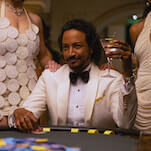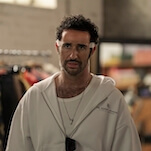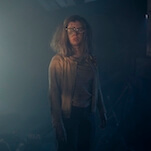Read This: Television has forgotten how to depict the working class

On The Honeymooners in the 1950s, Jackie Gleason’s volatile Ralph Kramden drove a bus to pay the rent on his tiny Brooklyn apartment and (barely) support himself and his wife, Alice. If he wanted to hang out with his buddy, sewer worker Ed Norton, he did so only after a hard day of labor. That is the kind of socioeconomic reality almost entirely absent from the modern television landscape, according to a New York Times think piece by Wesley Morris entitled “TV’s Dwindling Middle Class.” The sight of people who actually work for a living has become so rare, Morris writes, that poor Laurie Metcalf is driven to fantasizing about her 84-year-old father-in-law on Horace And Pete, just because he knows how to use a tape measure. How did television come to this point? Morris’ article serves as a pocket history of how the medium has depicted work and the working class over the last 60-some years. In the 1950s and early ’60s, TV was largely “an advertisement for the middle class,” as typified by the cozy suburban homestead of The Dick Van Dyke Show. Kramden may have had “a job,” but writer Rob Petrie had “a career.”

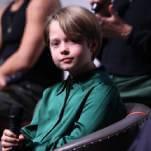



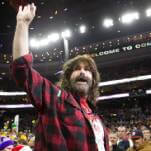




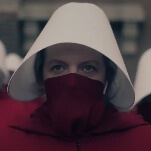
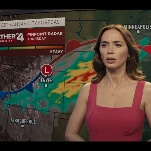


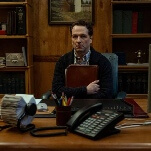
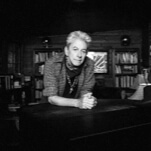



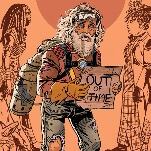

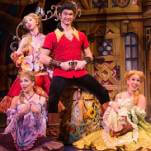
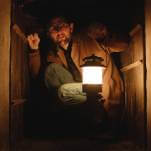





![Rob Reiner's son booked for murder amid homicide investigation [Updated]](https://img.pastemagazine.com/wp-content/avuploads/2025/12/15131025/MixCollage-15-Dec-2025-01-10-PM-9121.jpg)






